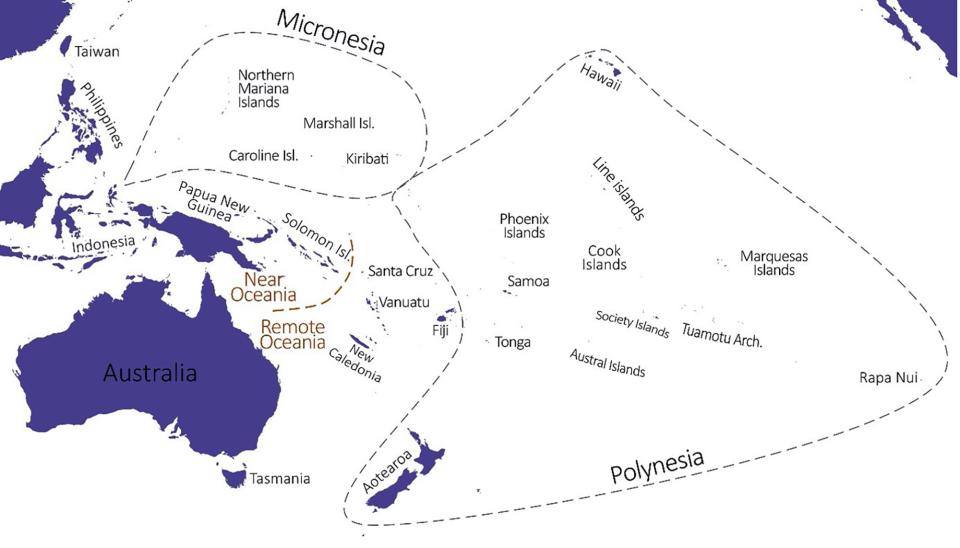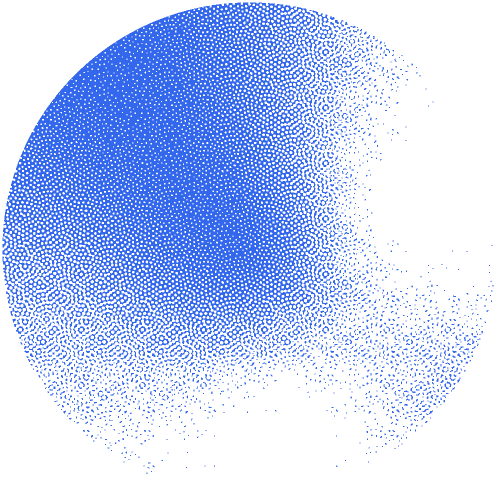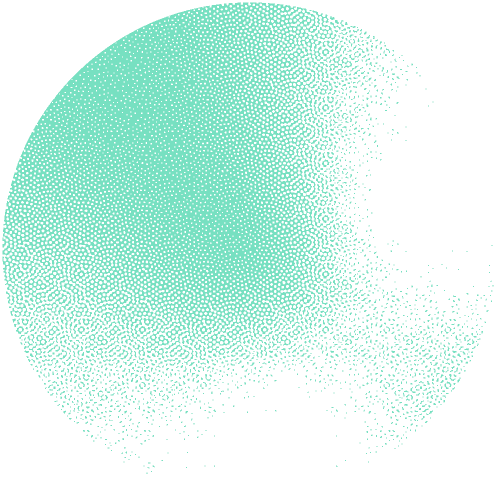An international research team has reconstructed the human settlement history of the South Pacific by sequencing a large number of genomes from this region. Laurent Excoffier, professor at the Institute of Ecology and Evolution at the University of Bern and Group Leader at SIB, participated in the study. The results challenge current knowledge about the first settlement of the Vanuatu archipelago and Polynesia.
Knowledge about the genetic diversity of human populations is essential to better understanding of overall settlement history and natural selection processes. However, the vast majority of genetic studies focus on populations of European origin, which represent only 16% of the world population. The genomic history of the South Pacific, on the other hand, has hardly been studied. In a new study published in Nature, an international research group led by the Institut Pasteur, the Centre National de la Recherche Scientifique (CNRS) and the Collège de France has studied the settlement history of the inhabitants of the Pacific islands using genome sequencing. The study, in which Laurent Excoffier (University of Bern and SIB) participated, confirms archaeological findings that place human settlement of various islands in Oceania around 40,000 years ago. Furthermore, the scientists were able to prove that a period of genetic isolation between the islands followed this initial settlement.
Rapid settlement of remote Pacific islands 5,000 years ago?
Current research shows that Homo sapiens, after leaving Africa, settled in Oceania around 45,000 years ago, including Papua New Guinea, the Bismarck Archipelago and the Solomon Islands (also called Near Oceania). The other Pacific islands (remote Oceania: the Vanuatu archipelago, Wallis and Futuna, Polynesia, etc.) were not yet populated. These islands were not settled by humans until about 40,000 years later. It is assumed that a group of people left Taiwan 5,000 years ago, moved to the Philippines, Indonesia and other already populated islands of Near Oceania, and soon afterwards became the first settlers of the islands of Far Oceania.

For the current study, the research team was able to use genome sequencing of 320 individuals from Taiwan, the Philippines, the Bismarck Archipelago, the Solomon Islands, Santa Cruz Islands and the Vanuatu Archipelago to characterise the genetic diversity of the populations of the countless South Pacific islands that were settled at very different times, and to verify current knowledge of their settlement history.
Genome sequencing brings light into the darkness
Thanks to sequencing, scientists were able to date the settlement of various islands in nearby Oceania to around 40,000 years ago and thus confirm the archaeological findings. In addition, it could be shown that a period of genetic isolation between the islands followed this initial settlement. "Our results confirm that human beings were able to cross the ocean to new lands very early on. They also indicate that travel at that time was relatively rare," explains Etienne Patin, a CNRS researcher at the Institut Pasteur. Furthermore, the study challenges the theory that around 5,000 years ago a group of people left Taiwan to rapidly populate both nearby and distant Oceania. Genomic analyses indicate that humans left Taiwan more than 5,000 years ago and that the interbreeding that accompanied the arrival of Austronesians in Near Oceania did not begin until 2,000 years later. Contrary to the classical theory, the expansion of Taiwan did not immediately result in a single admixture with the population of Near Oceania, but there would rather have been recurrent episodes of genetic exchange.
Bernese expertise in genetic analysis
"This study provides new insight into the settlement history of the Pacific Ocean and shows that it is the result of a complex process. It includes several interactions between different waves of migration to Oceania and the Pacific Ocean, and not a single migration followed by a single mixing, as previously assumed," says study co-author Laurent Excoffier of the University of Bern and the SIB. "Our laboratory was involved in the demographic and historical inferences of the genomic data, which were analysed mainly with computer software developed in our group," says Excoffier.
Read the press release from the University of Bern in German or French.
Reference(s)
Chouin J et al. Genomic insights into population history and biological adaptation in Oceania. Nature, 2021.










